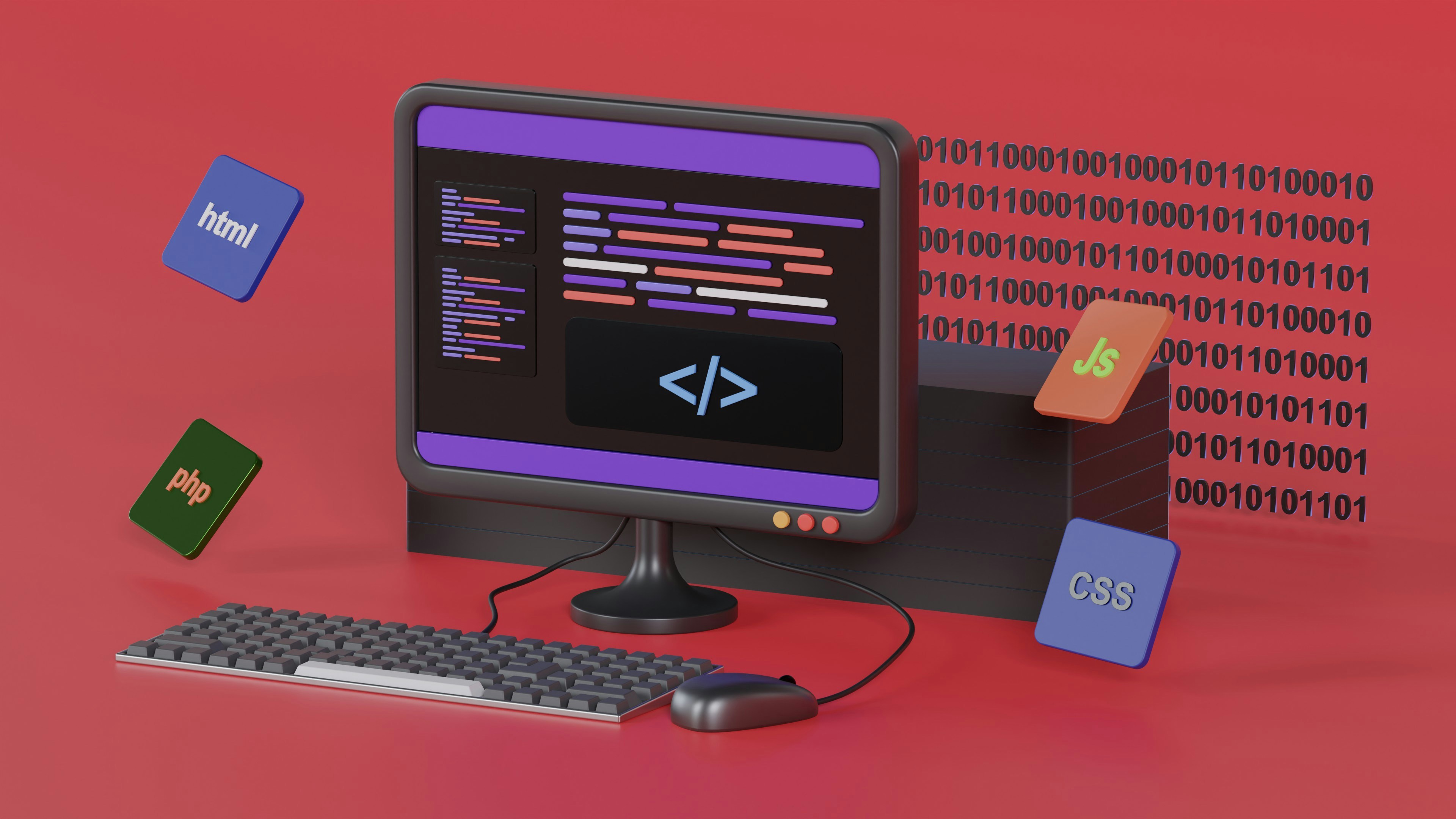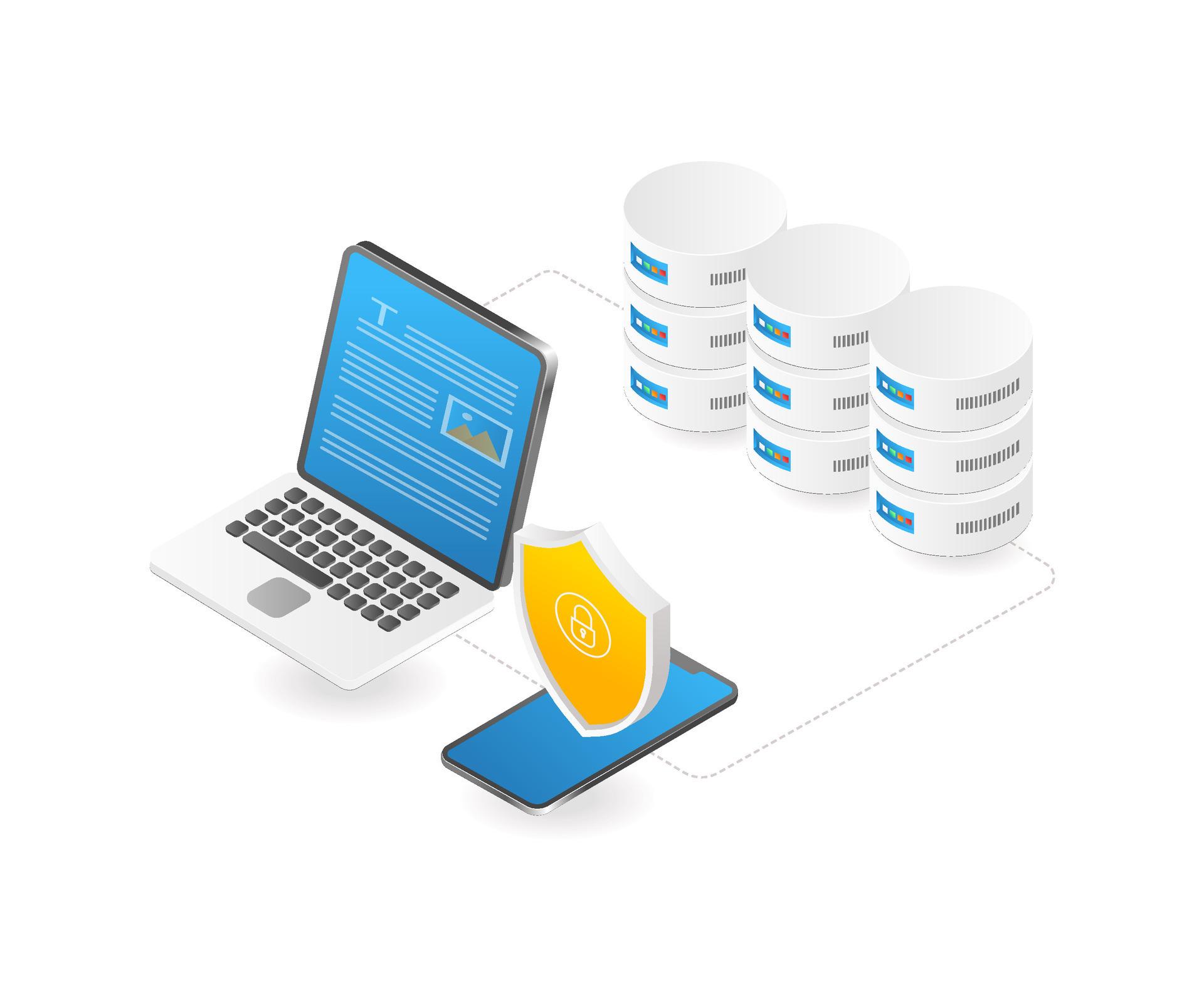Top 5 server-side scripting languages to learn in 2024

Today's rapidly changing web development relies on server-side programming languages to produce interactive websites and apps. Developers must stay current and enhance their server-side skills in 2024 as demand rises. Server-side scripting languages control databases, user interactions, and website functionality in modern web development. Both novices and veterans benefit from these languages unparalleled growth and innovation. In this article, we will explore the server-side languages that will shape 2024's digital ecology.
What is server side scripting languages?
Server programming languages are languages that run server-side. These are languages used by programmers to write programs and utilities that run on servers. Servers are servers, with high machine configuration (Ram, CPU, SSD,...). Servers run 24/7 to ensure server-side applications run continuously, except when maintenance or server upgrades are needed. Servers also have separate operating systems for them, the most popular are linux-server and windows-server operating systems. Thus, Server programming languages are languages that can write applications that run on operating systems installed on Server machines, specifically Linux and Windows.
Benefits of server-side scripting languages
Builders can create robust, safe, and effective web apps that enhance user experience, all thanks to server-side scripting languages. Among the many exceptional advantages of server-side languages are
- Dynamic Content Generation: Developers can generate dynamic content in response to user requests using server-side scripting languages. This lets developers create interactive, customizable web apps that react to user input and preferences.
- Database interaction: Server-side scripting languages let developers retrieve, store, and manipulate data from databases. Data-driven online apps like e-commerce, CMS, and social media require this capabilities.
- Scalability: Server-side scripting languages are ideal for designing scalable web apps that can manage many users. These languages manage resources efficiently and scale to rising user populations by outsourcing processing duties to the server.
- Platform Independence: Server-side scripting languages like PHP, Python, and Java can run on different operating systems and web servers. This flexibility facilitates deployment and ensures environment compatibility.
- Community Support and Ecosystem: Server-side scripting languages have significant developer communities and comprehensive libraries, frameworks, and tools to expedite development. Developers can use existing solutions, share information, and collaborate in this vast environment.
- SEO-Friendly: Server-side scripting languages dynamically generate meta tags, optimize URL structures, and customize page content based on SEO best practices to create search engine-friendly web pages. This boosts webpage rankings in search engines.
Top 5 server side scripting languages to learn
Each server-side scripting language has unique capabilities, use cases, and ecosystems. Language selection depends on project needs, professional ambitions, and preferences. Mastering multiple languages can provide many opportunities. Here is the server side scripting languages list recommended to learn by us in 2024:
JavaScript (Node.js)
During the first browser war, Netscape assigned Brendan Eich to develop a new programming language for the Browser. Brendan Eich developed a prototype in just 10 days. Software developers often ridiculed JavaScript in its early days for its poor language design and lack of features. Today, JavaScript is one of the most widely used programming languages in the world and runs almost everywhere: Browsers, Servers, Mobile Devices, Clouds, Micro Controllers,…
Key Features:
- Event-driven architecture: Node.js handles concurrent connections and I/O-bound tasks via asynchronous processing.
- NPM (Node Package Manager): A broad ecosystem of open-source libraries and modules simplifies development.
Python
Considering all recognized rankings and industry trends, Python is deservedly the number one programming language. Python is as popular at the present time as other languages such as Java, C/C++. Python is a programming language with the strong advantage of being easy to read, easy to learn and easy to remember. Because the form is bright and the structure is clear, it is convenient for beginners to learn programming. But from the beginning, Python has focused on the developer experience and tried to lower the barrier to programming so that students can also write production-level code.
Key Features: Python is easy to learn and maintain since its syntax is clear and readable.
Python has a large ecosystem of modules and frameworks for web development, data analysis, machine learning, and more.
Scalability: Django Channels and asyncio provide horizontal scaling in Python.
Use cases: Python is frequently used to construct web apps, APIs, data-driven websites, CMS, and scientific computing apps.
Ruby (Ruby on Rails)
Ruby is a general-purpose, object-oriented programming language that runs on Mac, Windows, Unix, and most operating systems. It has a flexible approach to problem solving, which some programmers appreciate and some don't. Ruby is mainly used to build web applications and is very useful for other programming projects. It is widely used for building servers and data processing, web scraping, and information gathering.
Key Features: Convention over configuration: Rails enforces standards to reduce boilerplate code and focus on application functionality.
Scaffolding: Rails' model, controller, and view generators speed up development.
Active Record: Rails' Active Record library maps database tables to Ruby objects, simplifying database interactions.
Use cases: Web applications, e-commerce platforms, marketplaces, and content management systems are built with Ruby on Rails.
PHP
PHP is one of the extremely powerful Web development programming languages, with high performance so it is widely used in the industry to develop Web applications with fast connection speed. The most prominent social network Facebook is being developed using PHP programming. Because PHP has been used in Web development for the past 35 years, it has created a very influential community of PHP programmers that makes it easier to learn and communicate. In addition, it also has famous frameworks that will help you do web programming better and faster such as: Laravel, Zend, CodeIgniter,... Huge companies are using PHP (such as: Facebook, WordPress ), which results in very excellent tool support for it.
Key Features: Simple syntax: PHP is easy to learn and understand for beginners and experts. PHP's developer community provides comprehensive documentation, tutorials, and assistance.
Scalability: PHP frameworks handle authentication, routing, caching, and more for scalable online apps.
Use cases: PHP is used to build websites, e-commerce platforms, blogs, forums, and custom online apps.
Java
Java achieves platform independence by developing the Java Virtual Machine (JVM). Java is considered the first “Write Once, Run Anywhere” language. In addition, the JVM also provides Object lifecycle management capabilities. Over the last few years, Java has lost some of its market share to modern languages with the rise of other languages, especially Python. Additionally, the JVM is not entirely cloud-friendly because of its bulky size. This reduces the popularity of Java. Fortunately, Java is overcoming the above shortcomings through the GraalVM initiative. Java is still the number one programming language for businesses, many systems have been and will continue to use Java. Because of its features (especially the Core-banking system of banks).
Key Features:
- Platform independence: Java's "write once, run anywhere" philosophy lets apps run on any JVM-enabled platform.
- Java's strong typing, exception handling, and memory management help construct robust applications.
Enterprise support: Java frameworks address enterprise issues like security, transaction management, and system integration.
Use Cases: Java is used to build enterprise web apps, financial systems, e-commerce platforms, and big distributed systems.
Conclusion
This article discusses the top five server-side scripting languages expected to rise in tech this year. Each language has its own strengths and advantages, from JavaScript, driven by Node.js, to Python's simplicity and versatility, Ruby on Rails' rapid development, PHP's popularity, and Java's resilience. Axalize ensures the highest level of web development efficiency by offering comprehensive services for all five languages, tailored to each unique customer's demands. Don’t hesitate to contact us for the greatest experience and assistance if you require product development in any language.


